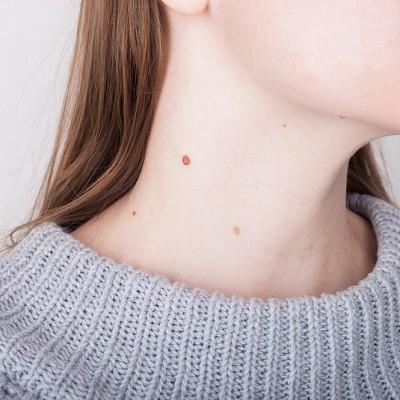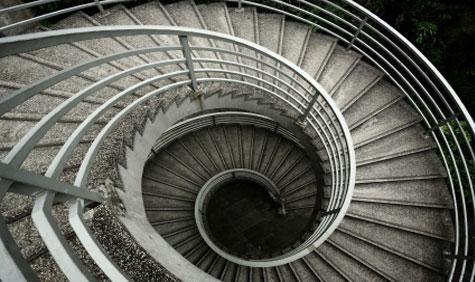Everything You Need to Know About Electrosurgery for Warts

Electrosurgery is a highly effective method for warts removal in Islamabad, particularly stubborn or recurring ones. This procedure uses an electric current to destroy wart tissue and is often combined with curettage (scraping) for thorough removal. If you’re considering electrosurgery for wart treatment, it’s essential to understand how the procedure works, its benefits, risks, and what to expect during recovery.
Here’s everything you need to know about electrosurgery for warts.
What Is Electrosurgery?
Electrosurgery is a medical procedure that uses high-frequency electric currents to heat and destroy targeted tissue. For wart removal, the procedure involves:
- Electrodesiccation: The electric current generates heat to burn and dry out the wart tissue.
- Curettage: A sharp, spoon-shaped instrument is used to scrape away the dead tissue.
This combination ensures that the wart and its surrounding tissue are completely removed, reducing the chances of recurrence. Electrosurgery is commonly performed in a dermatologist’s office under local anesthesia.
Why Choose Electrosurgery for Warts?
Electrosurgery is often recommended for:
- Stubborn warts that don’t respond to over-the-counter treatments like salicylic acid or cryotherapy.
- Large or deep warts that are difficult to treat with other methods.
- Recurring warts that keep coming back despite previous treatments.
- Plantar warts, which can be painful due to their location on the soles of the feet.
The Electrosurgery Procedure
1. Preparation
- Consultation: Your dermatologist will examine the wart and determine if electrosurgery is the right option.
- Anesthesia: A local anesthetic is applied to numb the area, ensuring the procedure is painless.
2. Electrodesiccation
- A small electrode delivers an electric current to the wart.
- The heat generated by the current destroys the wart tissue and cauterizes the blood vessels, minimizing bleeding.
3. Curettage
- After the tissue is dried and burned, the dermatologist uses a curette to scrape away the remaining wart tissue.
4. Post-Procedure Care
- The treated area is cleaned and dressed with a sterile bandage.
- You’ll receive instructions for aftercare to ensure proper healing.
Benefits of Electrosurgery for Warts
- High Success Rate: Electrosurgery effectively removes warts in a single session in most cases.
- Thorough Removal: The combination of electrodesiccation and curettage ensures complete removal of wart tissue.
- Quick Procedure: The treatment is relatively fast, often taking less than 30 minutes.
- Cauterization: The heat seals blood vessels, reducing bleeding and lowering the risk of infection.
Risks and Side Effects
As with any medical procedure, electrosurgery comes with potential risks:
- Pain or discomfort: Some soreness is normal after the anesthetic wears off, but it’s usually manageable with over-the-counter pain relievers.
- Scarring: A small scar may form at the treatment site, especially if the wart was large or deep.
- Infection: Though rare, improper aftercare can lead to infection in the treated area.
- Recurrence: While electrosurgery is highly effective, there’s still a chance the wart may return if HPV remains in the skin.
To minimize these risks, follow your dermatologist’s aftercare instructions carefully.
Who Is a Good Candidate for Electrosurgery?
Electrosurgery is suitable for most people with warts, but it may not be the best option for everyone. You’re a good candidate if:
- You have stubborn or recurring warts.
- Other treatments, like salicylic acid or cryotherapy, have failed.
- You want a fast and effective solution.
However, it may not be ideal for individuals with certain conditions:
- Bleeding disorders: Electrosurgery involves minor bleeding, which can be a concern.
- Pregnancy: Some doctors may advise against the procedure during pregnancy.
- Compromised immune systems: Individuals with weakened immune systems may need alternative treatments.
Always discuss your medical history with your dermatologist to determine the best treatment for you.
What to Expect After Electrosurgery
Immediate Recovery
- You may experience mild pain, swelling, or redness around the treated area.
- The site will likely form a scab, which should not be picked or scratched.
Healing Time
- Most people heal within 1-2 weeks, though larger or deeper warts may take longer.
- Follow your dermatologist’s aftercare instructions, which may include:
- Cleaning the area daily with mild soap and water.
- Applying an antibiotic ointment to prevent infection.
- Keeping the site covered with a clean bandage.
Monitoring for Complications
- Watch for signs of infection, such as excessive redness, swelling, pus, or increased pain.
- Contact your doctor immediately if you notice any of these symptoms.
Preventing Wart Recurrence After Electrosurgery
Even after successful removal, HPV may still be present in the skin. To reduce the risk of warts coming back:
- Practice Good Hygiene: Wash your hands frequently and avoid touching the treated area unnecessarily.
- Protect Your Skin: Cover any cuts or abrasions to prevent the virus from reentering.
- Avoid Walking Barefoot in Public Areas: Communal showers, gyms, and pool decks are common places for HPV exposure.
- Boost Your Immune System: A healthy lifestyle can help your body fight off HPV.
Frequently Asked Questions About Electrosurgery for Warts
1. Does electrosurgery hurt?
The procedure itself is painless due to local anesthesia, but some mild discomfort is normal during recovery.
2. How many sessions are needed?
Most warts can be removed in a single session, though large or multiple warts may require additional treatment.
3. Will the wart come back?
Electrosurgery removes the visible wart, but HPV may remain in the skin, leading to recurrence. Proper aftercare and prevention strategies can help reduce this risk.
Conclusion
Electrosurgery is a highly effective treatment for removing stubborn or recurring warts. With its combination of precision and thoroughness, it’s an excellent option for individuals seeking a quick and reliable solution. However, like any medical procedure, it’s important to weigh the benefits and risks and follow aftercare instructions to ensure proper healing and minimize recurrence.




